The event began only twenty-four hours after a report stating that global temperatures will rise more than one degree above pre-industrial levels made international news. The fact that at present there is no international agreement setting out plans for post-2020 action makes the current situation all the more alarming. Speaking at the UN General Assembly in September, French President François Hollande warned other world leaders that Paris may be the last chance to save the world.
Maria Vuorelma and Hanna Aho would agree that the expectations are high, perhaps higher than ever. According to Aho, the mass demonstrations that have come to be a climate conference tradition may be even more immense than what we are used to. Intended Nationally Determined Contributions: Not enough but a good start
Vuorelma, who is in charge of the Finnish delegation in Paris, has noticed a change of attitude by national governments across the world. More and more countries have woken up to the fact that carrying on with ’business as usual’ is no longer an option. 158 countries, which together account for more than 90 percent of global emissions, have already submitted their Intended Nationally Determined Contributions (INDCs) to combat climate change.
The joint submission made by the European Union is one of the most ambitious INDCs. In her overview, Maria Vuorelma noted that the EU is ready to make bigger promises on condition that other negotiators are equally committed. Hanna Aho, on the other hand, pointed out that only a couple of INDCs submitted to date can be regarded as sufficient and that the EU’s is not one of them.
The current INDCs alone, even if fully implemented, aren’t enough to stop global warming from reaching the hazardous two-degree threshold. Furthermore, there are more issues, such as that with the quantifiable goals not being uniform but instead setting different years as their benchmarks and that with many of the developing countries’ contributions requiring external funding. Nevertheless, the UN is happy with the foundation that the number and quality of Intended Nationally Determined Contributions has created for the negotiations.
Climate talks: The current state of play
Both Vuorelma and Aho have been involved in preparatory meetings, the most recent of which had taken place in Bonn, Germany in late October. They agree that there is a scent of polarisation in the current ambiance. At present, the draft agreement features competing suggestions for a noteworthy number of articles, sometimes even more than two for a single line in the final text. The options on the table leave room for an ambitious agreement but they don’t rule out a modest and disappointing outcome.
Even though there are divisions between the ambitious and the lethargic as well as industrialised and developing countries, there have been changes in the last few years. China has assumed leadership by pledging to fund poorer countries making efforts for the environment. Another interesting aspect in the negotiations is the common voice that G77, which includes developing countries and China, has found – Aho believes that the G77 can now make a real difference in Paris.
Like the European Union and China, the United States has expressed its willingness to take responsibility in the fight ot save the planet. Alas, it’s easier said than done: according to Aho, signing a binding agreement is problematic for the US while China may have issues when it comes to scrutiny.
What about the EU?
At the event, one of the guests was worried that the European Union couldn’t speak with a common voice in the Paris talks. However, according to Vuorelma, the EU is capable of sticking together in the upcoming negotiations. Despite the fact that some countries, like Poland under its new conservative government, aren’t as committed as the others, a common European position can be adopted. The fights between European countries are fought in Brussels rather than Paris, Vuorelma said.
A challenge to European unity at COP 21 could be a situation where completely new suggestions emerge on the spot. Different countries’ delegates each have a different degree of negotiating leeway. That is a problem shared by all negotiators on the first week of the conference since national-level ministers with the political mandate only arrive on the second week of the event.
Facing other crises, Europe has in Hanna Aho’s view not managed to act like a global climate leader in the recent years. In a polarised environment, however, a united Europe may according to Vuorelma and Aho become a bridgebuilder, connecting the most important players to reach an agreement worth signing.
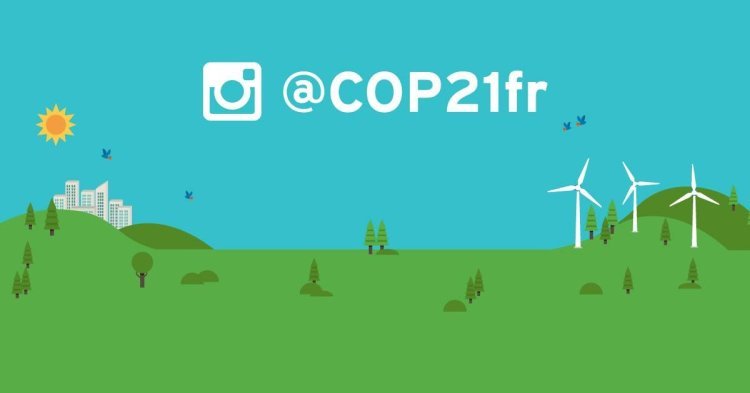
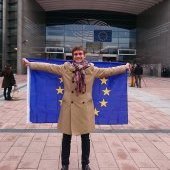
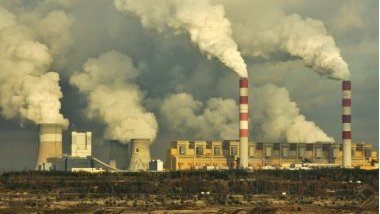
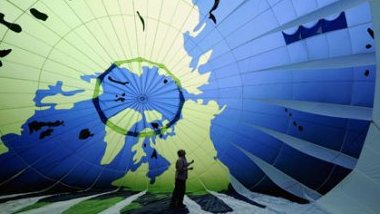
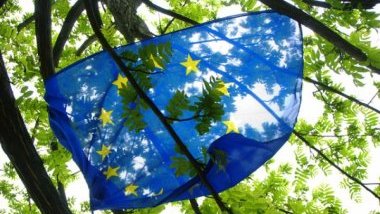
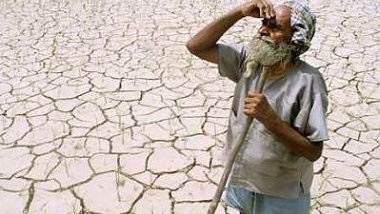
Follow the comments: |
|
